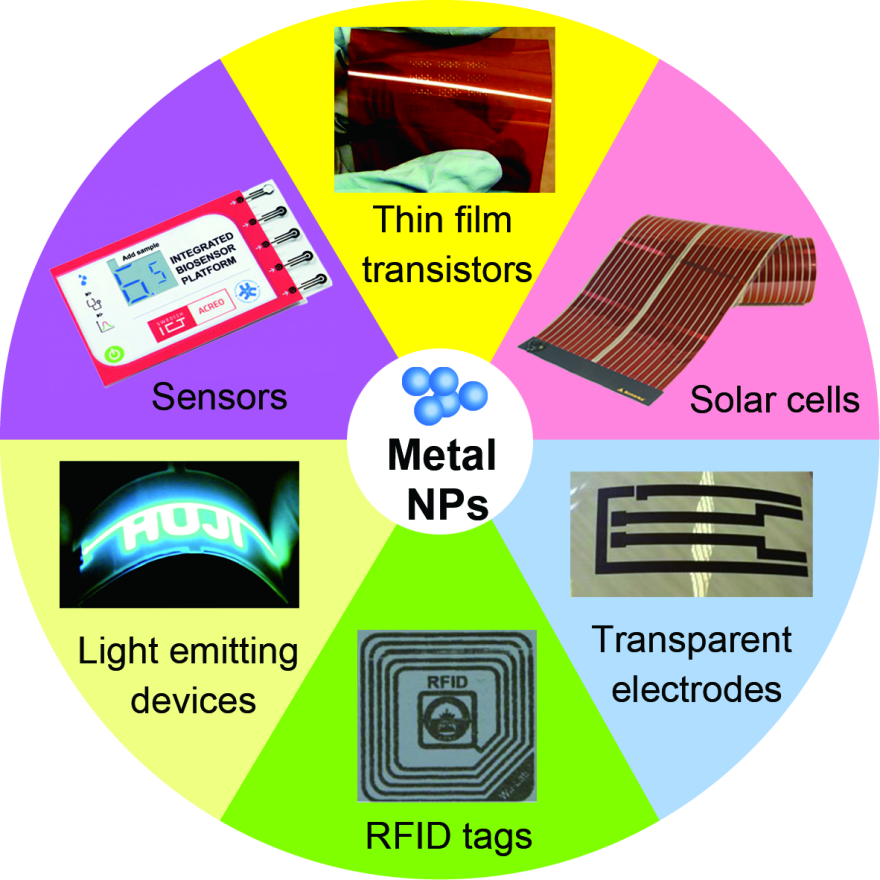Printed Electronics is one of the fastest growing technologies in the world.
Printed electronics is a set of printing methods used to create electrical devices on various substrates. Printing typically uses common printing equipment suitable for defining patterns on material, such as screen printing, flexography, gravure, offset lithography, and inkjet. By electronic industry standards, these are low cost processes. Electrically functional electronic or optical inks are deposited on the substrate, creating active or passive devices, such as thin film transistors; capacitors; coils; resistors. Printed electronics is expected to facilitate widespread, very low-cost, low-performance electronics for applications such as flexible displays, smart labels, decorative and animated posters, and active clothing that do not require high performance.
Printed and potentially printed electronics is creating many new products based on the benefits of the technology compared with conventional electronics, such as thinness, flexibility, low cost, ease of manufacture, fast production turn around, green technology, power efficiency and more.

Printed electronics are in use or under consideration:
Radio Frequency Identification (RFID) Tags
Monitoring
Data Storage
Display and Visual Effects
Toys
Printed electronics is a revolutionary technology aimed at unconventional electronic device manufacture on plastic foils, and will probably rely on polymeric semi-conductors for organic transistor fabrication. Innovations in nanotechnology promise to revolutionize the forms and functionalities of electronic devices. Offering much more than current technologies on a smaller scale, nanoelectronics researchers apply the unique properties of single particles to change the ways in which components are powered, manufactured, and used.